Beef Marketing and Economics
All Beef Marketing and Economics Content
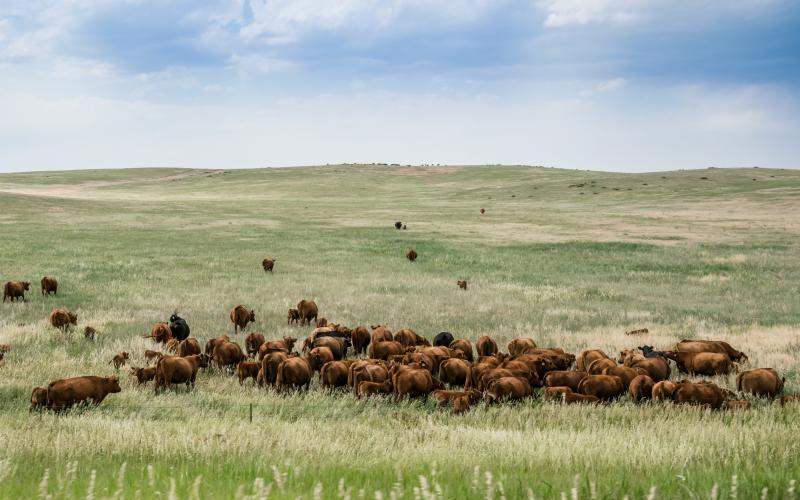
Beef
Home to more than 1 million head of cattle, South Dakota’s producers can rely on SDSU Extension for research-based information, best management practices and resources to support healthy and profitable herds.

Livestock Risk Protection Cattle HQ Live
Join SDSU Extension's beef team to gain valuable insights to improve the health, productivity and profitability of your herd. This month we will cover the basics of Livestock Risk Protection (LRP).
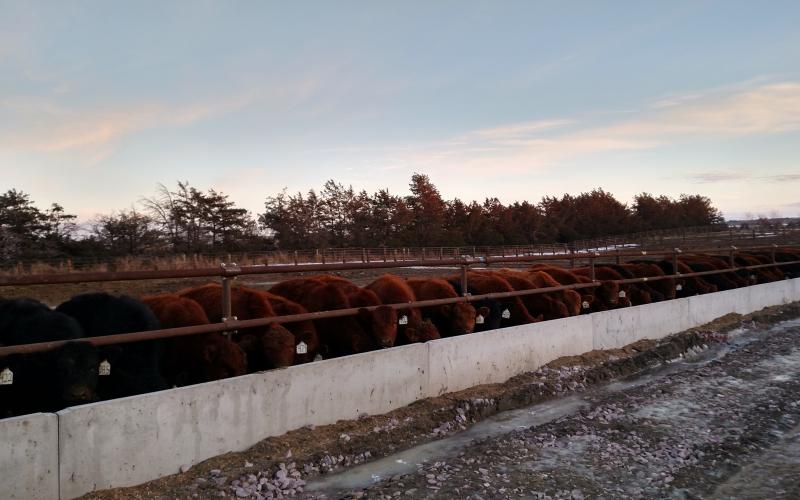
Cattle Market Update Cattle HQ Live
Join SDSU Extension's beef team to gain valuable insights to improve the health, productivity and profitability of your herd. This month will cover an overview of the inventory levels and changes that will give insights into expansion.

Forage Inventory and Demand Calculator
Calculator for inventorying livestock and forage on hand to determine additional forage purchase needs, or livestock sales.

Move the Cows or Move the Feed
This calculator is designed to aid producers making the decision to buy feedstuffs and haul the feed to the operation, or to haul the cattle to the feedstuffs.
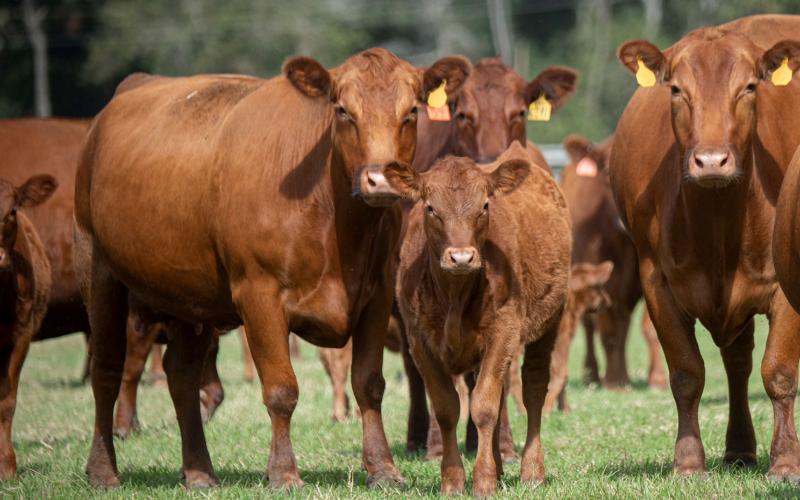
The Calving Distribution Calculator
Excel calculator for calving distribution
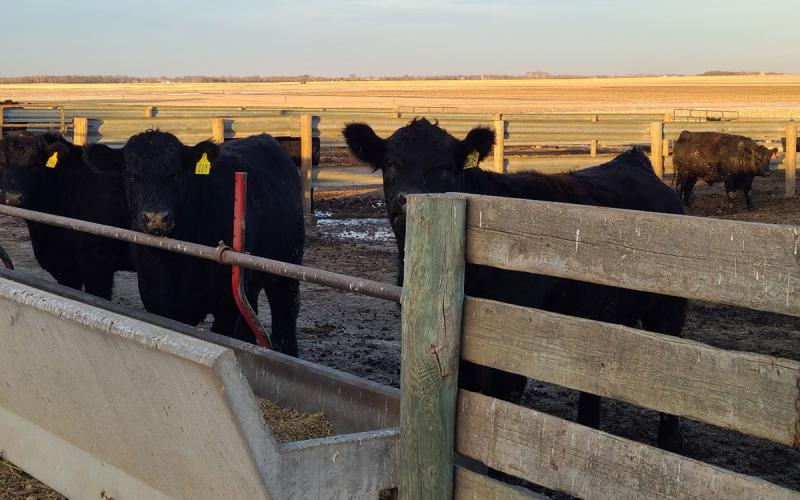
Beef Cattle Budgets
What does it cost to maintain a cow for the year? This is a common question asked by producers across the nation.
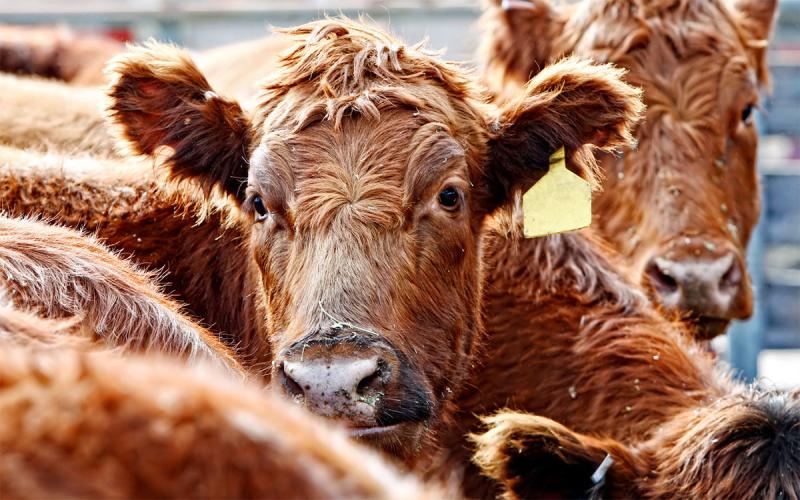
Livestock
South Dakota is home to a dynamic livestock industry.

Crossbreeding Systems – Maximizing Heterosis & Profit
By using planned breed combinations, producers can improve traits like growth, reproduction, and overall herd performance, helping make better financial and management decisions.
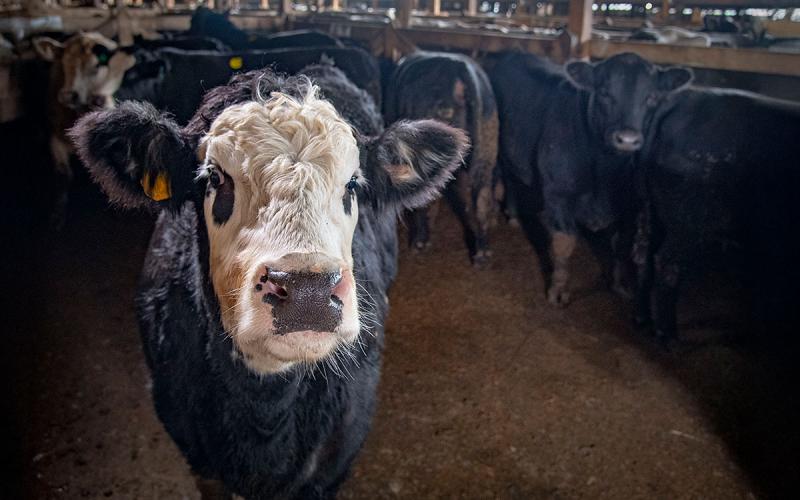
Purchasing Bred Females
Weaning time is here and the decision to retain or sell heifers is front and center. Regardless of your decision, there is opportunity to purchase bred females and increase the calves available to market next season in a strong market.